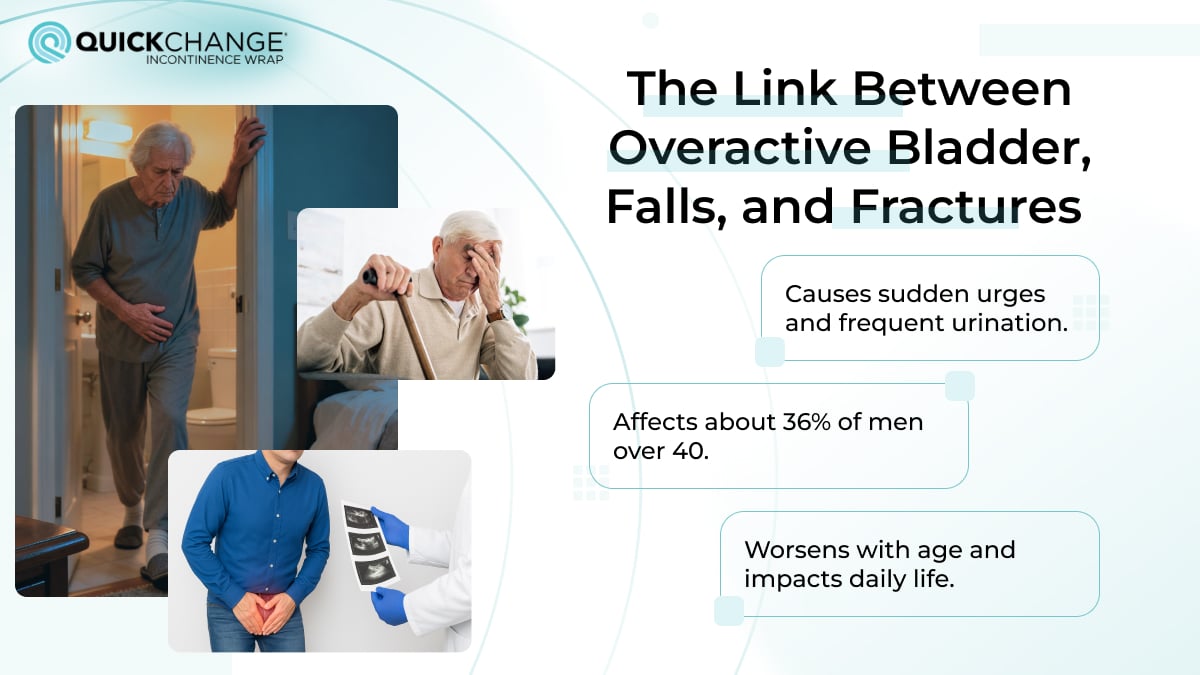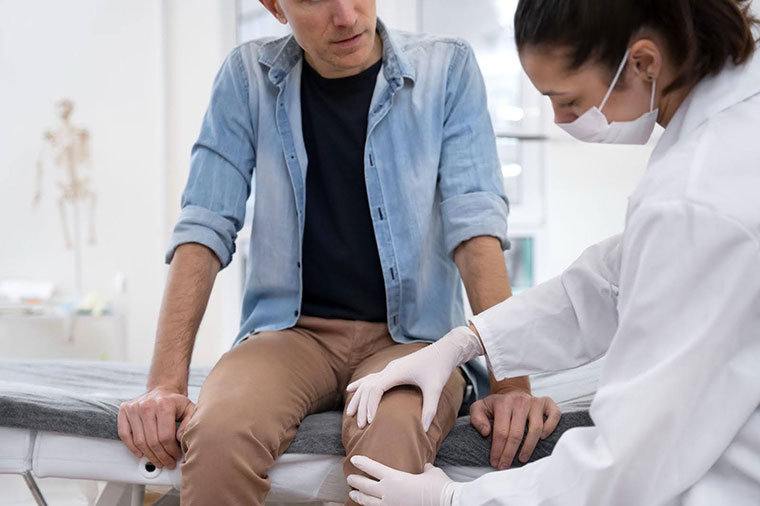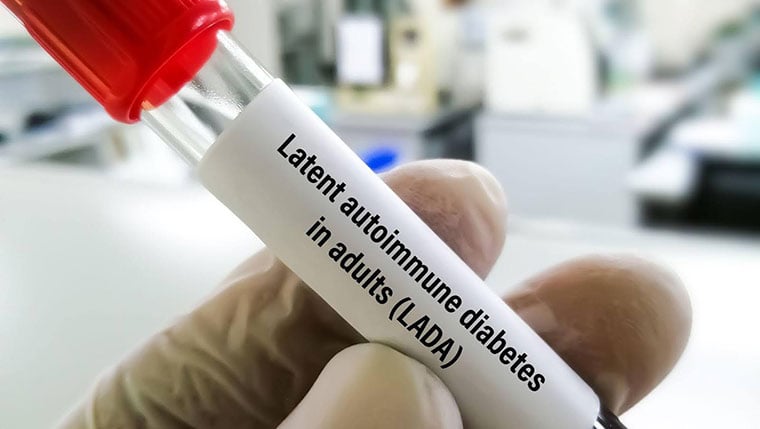Intestinal Microbiota & UTI
Urinary tract infections (UTIs) affect around 150 million people worldwide each year, but in men, they’re less common and often more complex and harder to treat. While prostate issues, aging, and catheter use are well-known male-specific risk factors, emerging research highlights another contributor: the gut microbiome.









